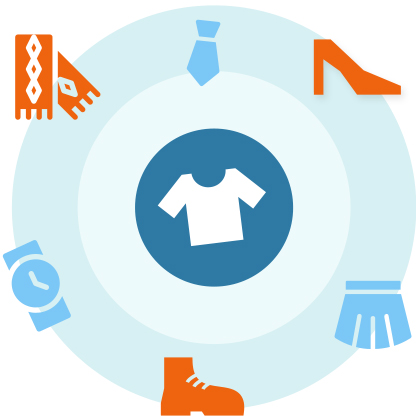
59%
- 38% Fully
- 21% Almost




Six years later, attrition plunged to less than 30%. Employee engagement scores dramatically climbed from 59% to 75% in the same period. What did the organisation do?







The first year survey results indicated a need to upgrade hygiene levels and improve work conditions. Basic sanitation, functional pantries, regular work hours, safe environment for women were critical issues that employees struggled with and thus became the focus areas for the organisation. Managers through meticulous “Store Action Plans” were responsible for driving engagement levels for their stores. A 5% increase in engagement levels in each store every year was the agreed expectation!
A robust “Manager as Coach” workshop was designed for 150 store managers. This helped store managers equip the team to understand the store’s growth plan and its implications for them by improving sales performance on a daily basis and maintain performance at peak levels, all the while offering impressive customer service.

In the second year, the survey highlighted two clear courses of action on Role Clarity and Compensation. The benefits of gaining role clarity were manifold and key to increasing efficiencies, performance and satisfaction. The aim was to create a 3-tier role based compensation structure at stores. This in combination with transparency and fairness in the compensation system, increased engagement levels.

The third-year survey results pointed to the need for employees to find meaning and fulfilment in work and be part of an inclusive community. Thus, emphasis was placed on building different platforms which fostered alignment, clarity and guidance such as skip level meetings, robust HR processes and on-boarding. Periodic engagement reviews and internal job postings also helped gain momentum in increasing alignment and engagement.

The fourth-year focus was on sustaining the high levels of engagement through a steady succession planning mechanism integrated with developmental activities. This provided leadership experiences and competency development for the employees, which forced them to look beyond functional silos to solve strategic challenges, and thus learn something about what it takes to get to the next level of leadership.

The fifth-year survey highlighted two critical areas: feedback and focus on career opportunities. To address these vital issues, Store Managers were trained and encouraged to conduct meaningful “Engagement Review” conversations with their employees apart from the performance appraisal conversations. These conversations focused on the importance of the employee's job priorities and alignment with the company’s broader goals. These conversations were a foundation for specific discussions on performance, development, and career management.
Another critical focus area has been the articulation of values and driving different organisation-wide initiatives to inspire the employees to live the values on a daily basis.

The sixth-year survey results emphasised the continued need for employees to look at opportunities within the organisation to increase their longevity with the company. To address the issue of employee longevity, the organisation launched many initiatives that have seen serious traction in employee career progression. For example, under the LaunchPad programme, 20% positions in new stores were internally filled. As part of the LEAP initiative, close to 1000 employees benefitted from subsidised education opportunities.



Therefore, the climb in the employee engagement numbers and fall in the attrition numbers have been anything but accidental. The organisation’s informed actions made employees feel valued; their wellbeing was taken seriously. In other words, the organisation understood and responded to the fact that its employees sought meaningful work, genuine appreciation, and the opportunity to grow and develop. When these needs were met, potent energy was unleashed.
More than
growth year on year


